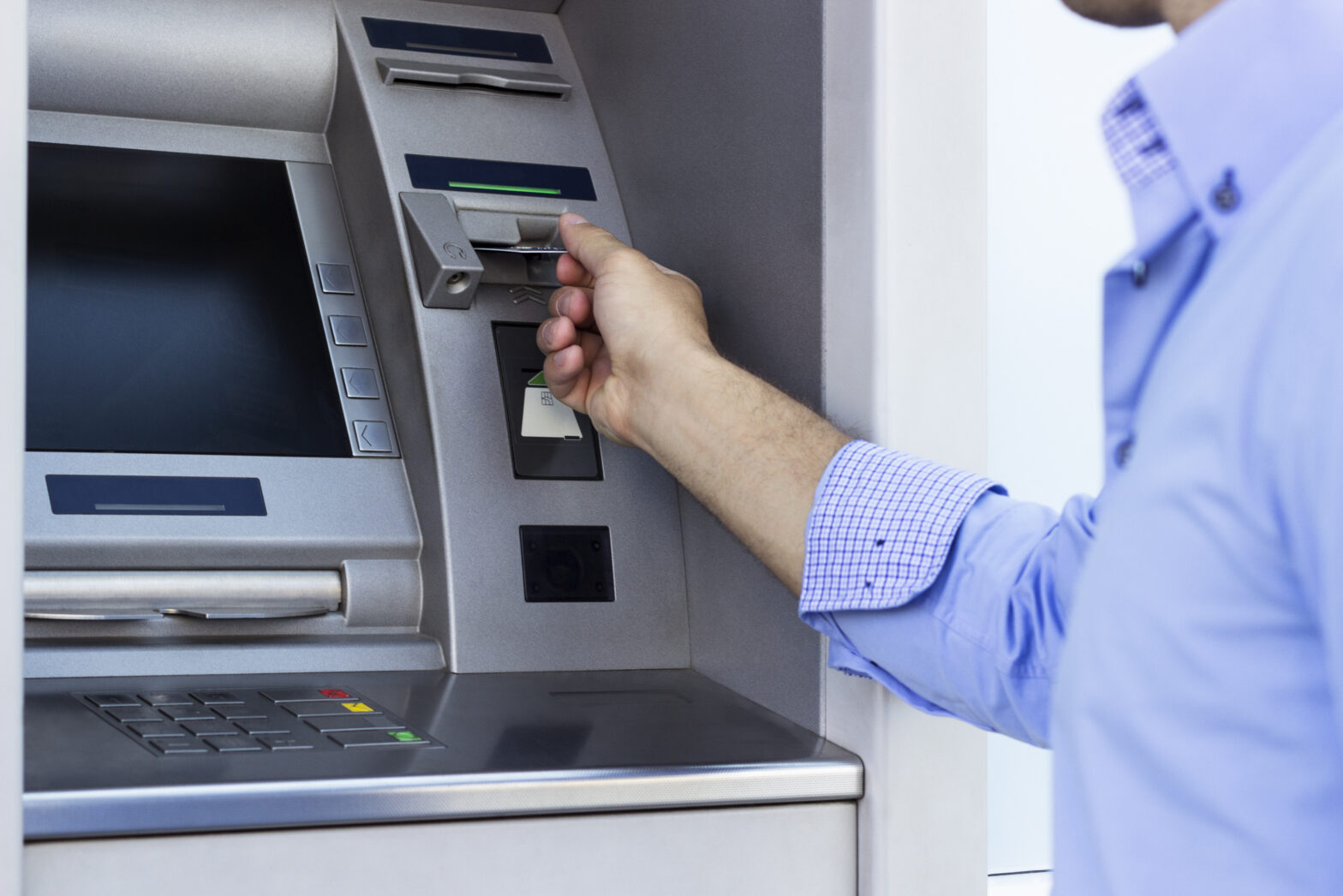Malicious attacks on financial transactions are rising to critical levels, despite the ongoing growth of new technologies in the banking sector.
The number of payment cards compromised at US ATMs and merchants rose 70% in 2016 and the number of compromised ATMs, hacked card readers rose by 30% to reach an all-time high, analytic software firm FICO reported today.
>See also: Banks spend on IT security is 3x higher than non-financial organisations
The number of compromises recorded in 2016 set a new high for the FICO® Card Alert Service, which monitors hundreds of thousands of ATMs and other readers. This new data follows a 546% increase in compromised ATMs from 2014 to 2015.
“As the last few years have proven, skimming technology and knowhow have improved and are more accessible to the general population, so we will continue to see increases in compromises and the speed at which they occur,” said TJ Horan, vice president of fraud solutions at FICO.
FICO works closely with banks and card issuers around the world to identify fraud trends and shut down card fraud. If you would like to speak to a FICO spokesperson, or would like more information, please don’t hesitate to get in touch.
As in 2015, the most compromises occurred at non-bank ATMs, such as those in convenience stores. About 60% of compromises were at non-bank ATMs, with the rest occurring at bank ATMs or point-of-sale (POS) devices, such as card payment machines at retailers. These figures cover only card fraud occurring at physical devices, not online card fraud.
The average duration of a compromise continued to fall — on average, an ATM or POS device would be compromised for 11 days, compared to 14 days in 2015. The 2016 average duration is less than a third of the average duration in 2014, 36 days. The average number of cards affected by a single compromise was cut in half.
>See also: Emerging from bitcoin’s shadow: The rise of blockchain
“With some of the confusion we still have at various POS checkout locations, it’s still important for consumers to be on alert. FICO’s Card Alert Service is dedicated to detecting fraud faster and reporting compromises so our customers can mitigate their losses,” continued Horan.
Tips for consumers
• If an ATM looks odd, or your card doesn’t enter the machine smoothly, consider going somewhere else for your cash.
• Never approach an ATM if anyone is lingering nearby. Never engage in conversations with others around an ATM. Remain in your automobile until other ATM users have left the ATM.
• If your plastic card is captured inside of an ATM, call your card issuer immediately to report it. Sometimes you may think that your card was captured by the ATM when in reality it was later retrieved by a criminal who staged its capture. Either way, you will need to arrange for a replacement card as soon as possible.
• Ask your card issuer for a new card number if you suspect that your payment card may have been compromised at a merchant, restaurant or ATM. It’s important to change both your card number and your PIN whenever you experience a potential theft of your personal information.
• Check your card transactions frequently, using online banking and your monthly statement.
>See also: Cyber crime and the banking sector
• Ask your card provider if they offer account alert technology that will deliver SMS text communications or emails to you in the event that fraudulent activity is suspected on your payment card.
• Update your address and cell phone information for every card you have, so that you can be reached if there is ever a critical situation that requires your immediate attention.







